Home>Furniture & Design>Bathroom Accessories>How To Get Rid Of Yellow Stain On Toilet Seat
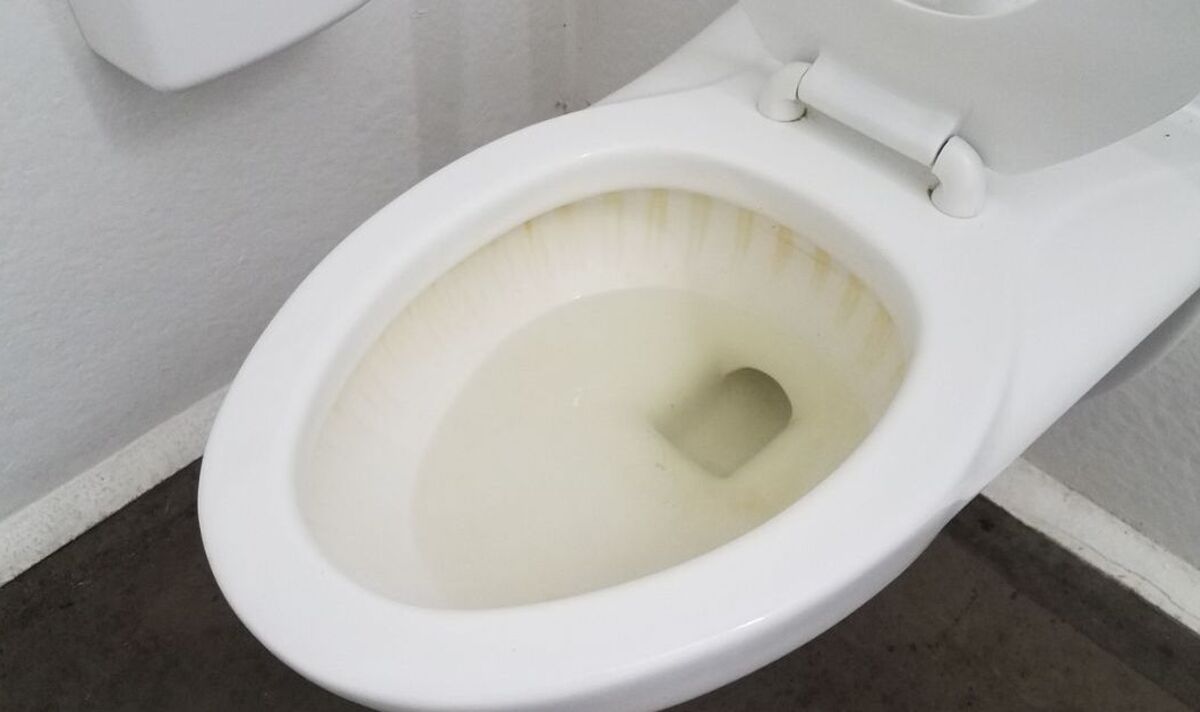

Bathroom Accessories
How To Get Rid Of Yellow Stain On Toilet Seat
Modified: February 28, 2024
Learn effective ways to remove yellow stains from your toilet seat with our top bathroom accessories. Say goodbye to unsightly stains for good!
(Many of the links in this article redirect to a specific reviewed product. Your purchase of these products through affiliate links helps to generate commission for Storables.com, at no extra cost. Learn more)
Introduction
A pristine and spotless bathroom is a sanctuary of cleanliness and comfort. However, the unsightly presence of yellow stains on a toilet seat can mar the overall appeal and hygiene of the space. These stubborn stains not only detract from the aesthetic appeal of the bathroom but also raise concerns about sanitation and cleanliness. Fortunately, there are effective methods for banishing these yellow stains and restoring the toilet seat to its original luster.
In this comprehensive guide, we will delve into the root causes of yellow stains on toilet seats and explore a range of natural remedies and commercial cleaners that can effectively eliminate these blemishes. Additionally, we will discuss preventive measures to help you maintain a pristine toilet seat and prevent the recurrence of yellow stains.
By understanding the underlying causes of yellow stains and implementing the appropriate cleaning and maintenance techniques, you can ensure that your toilet seat remains free from unsightly discoloration. Let's embark on this journey to reclaim the pristine appearance of your toilet seat and elevate the overall cleanliness and appeal of your bathroom.
Key Takeaways:
- Say goodbye to yellow stains on your toilet seat by using natural remedies like vinegar and baking soda, lemon juice, borax solution, and hydrogen peroxide. These eco-friendly options are safe and effective for restoring cleanliness.
- Prevent yellow stains by establishing a regular cleaning routine, promptly cleaning spills, using toilet seat covers, maintaining hard water buildup, ensuring proper ventilation, and educating household members. These proactive measures will keep your toilet seat spotless and hygienic.
Read more: How To Get Rid Of Yellow Stain In Bathtub
Understanding the cause of yellow stains
Yellow stains on a toilet seat can be a source of frustration and concern for many homeowners. Understanding the underlying causes of these unsightly blemishes is crucial in effectively addressing and preventing their recurrence. Several factors contribute to the formation of yellow stains on toilet seats, and gaining insight into these causes can guide us in implementing targeted cleaning and preventive measures.
-
Hard Water Deposits: One of the primary culprits behind yellow stains on toilet seats is hard water. Hard water contains high levels of minerals, such as calcium and magnesium, which can accumulate on surfaces over time. When hard water comes into contact with the toilet seat, it leaves behind mineral deposits that manifest as yellowish stains. These deposits can be particularly stubborn and require specific cleaning methods to effectively remove them.
-
Urine Residue: Another common cause of yellow stains on toilet seats is urine residue. Over time, urine can accumulate on the surface of the seat, leading to discoloration and unpleasant odors. This issue is especially prevalent in households with young children or individuals who may not consistently aim for the center of the toilet bowl. The acidic nature of urine can contribute to the development of yellow stains, necessitating thorough cleaning to eliminate the discoloration.
-
Lack of Regular Cleaning: Inadequate or infrequent cleaning of the toilet seat can also contribute to the formation of yellow stains. When the seat is not cleaned regularly, various substances, including sweat, body oils, and other bodily fluids, can accumulate and interact with the surface, leading to discoloration over time. Additionally, the presence of moisture and organic matter provides an ideal environment for the growth of bacteria and mold, further exacerbating the staining issue.
By understanding these underlying causes of yellow stains on toilet seats, we can tailor our cleaning and maintenance efforts to effectively address each factor. In the following sections, we will explore natural remedies and commercial cleaners that specifically target these causes, offering effective solutions for restoring the pristine appearance of the toilet seat.
Natural remedies for removing yellow stains
When it comes to tackling yellow stains on a toilet seat, natural remedies offer a safe and effective alternative to harsh chemical cleaners. These remedies harness the power of common household ingredients to break down and eliminate the stubborn discoloration, restoring the toilet seat to its original cleanliness. Let's explore some natural remedies that can effectively banish yellow stains and revitalize the appearance of your toilet seat.
1. Vinegar and Baking Soda
The dynamic duo of vinegar and baking soda is renowned for its cleaning prowess, and it can work wonders in removing yellow stains from a toilet seat. To utilize this natural remedy, start by creating a paste by mixing baking soda with white vinegar. Apply the paste directly onto the stained areas of the toilet seat, ensuring thorough coverage. Allow the mixture to sit for at least 15-20 minutes to penetrate the stains. Then, use a soft-bristled brush or sponge to gently scrub the affected areas, targeting the yellow discoloration. Finally, rinse the seat with water to reveal a noticeably brighter and stain-free surface.
2. Lemon Juice
The acidic properties of lemon juice make it a potent natural cleaner for combating yellow stains on a toilet seat. Simply squeeze fresh lemon juice onto the stained areas and allow it to sit for several minutes to break down the discoloration. The natural bleaching effect of lemon juice can effectively lighten and remove the yellow stains. After allowing the lemon juice to work its magic, use a damp cloth to wipe the seat clean, revealing a refreshed and revitalized surface.
Read more: How To Get Yellow Stains Out Of Toilet
3. Borax Solution
Borax, a naturally occurring mineral compound, is a versatile cleaning agent that can be used to tackle yellow stains on a toilet seat. Create a solution by mixing borax with water to form a paste. Apply the paste to the stained areas and let it sit for approximately 30 minutes to penetrate the discoloration. Then, use a sponge or brush to gently scrub the seat, targeting the yellow stains. Rinse the seat thoroughly with water to reveal a clean and rejuvenated surface, free from unsightly yellow blemishes.
4. Hydrogen Peroxide
Hydrogen peroxide, a mild bleaching agent, can be employed to effectively remove yellow stains from a toilet seat. Apply hydrogen peroxide directly to the stained areas and allow it to sit for a few minutes to break down the discoloration. The gentle bleaching action of hydrogen peroxide can help lift and lighten the yellow stains, restoring the toilet seat to its original brightness. After allowing the hydrogen peroxide to work its magic, rinse the seat with water to reveal a pristine and revitalized surface.
By harnessing the natural cleaning power of these remedies, you can effectively eliminate yellow stains from your toilet seat without exposing yourself to harsh chemicals. These natural solutions not only offer an eco-friendly approach to cleaning but also provide a safe and gentle method for restoring the cleanliness and appeal of your bathroom. Incorporating these natural remedies into your cleaning routine can help you maintain a spotless and stain-free toilet seat, enhancing the overall hygiene and aesthetics of your bathroom.
Using commercial cleaners to get rid of yellow stains
When natural remedies may not yield the desired results, commercial cleaners specifically formulated to tackle tough stains can offer an effective solution for removing yellow discoloration from a toilet seat. These specialized cleaners are designed to target the underlying causes of yellow stains, providing powerful cleaning and stain-removal capabilities. Here are some popular commercial cleaners that can effectively banish yellow stains and restore the pristine appearance of your toilet seat:
1. Bleach-Based Cleaners
Bleach-based toilet bowl cleaners are renowned for their potent disinfecting and stain-removing properties. These cleaners contain sodium hypochlorite, a powerful bleaching agent that can effectively lighten and eliminate yellow stains on a toilet seat. To use a bleach-based cleaner, apply the product directly to the stained areas of the seat and allow it to sit for the recommended duration. The active ingredients in the cleaner work to break down and lift the yellow discoloration, revealing a clean and refreshed surface. It is important to follow the manufacturer's instructions and safety guidelines when using bleach-based cleaners.
2. Acidic Cleaners
Acidic toilet bowl cleaners, often containing hydrochloric acid or phosphoric acid, are designed to dissolve mineral deposits and stubborn stains, including yellow discoloration caused by hard water. These cleaners effectively target the mineral buildup that contributes to yellow stains, breaking down the deposits and restoring the toilet seat to its original luster. When using acidic cleaners, it is essential to ensure proper ventilation and adhere to safety precautions to minimize exposure to the acidic fumes.
3. Specialty Stain Removers
Specialized stain removers formulated for toilet surfaces offer targeted solutions for removing yellow stains. These cleaners are designed to address specific types of stains, including those caused by hard water deposits and urine residue. By utilizing advanced cleaning agents and stain-fighting ingredients, these specialty cleaners can effectively penetrate and lift the yellow discoloration, rejuvenating the appearance of the toilet seat. When selecting a specialty stain remover, consider choosing a product that is specifically formulated for the type of stains you are dealing with.
4. Gel-Based Cleaners
Gel-based toilet bowl cleaners adhere to the surface of the toilet seat, allowing for extended contact time to effectively combat yellow stains. These thick, gel-like formulations cling to the stained areas, penetrating the discoloration and breaking it down for easy removal. Gel-based cleaners are particularly useful for targeting hard-to-reach areas and ensuring thorough coverage of the stained surfaces.
When using commercial cleaners to remove yellow stains from a toilet seat, it is important to carefully read and follow the instructions provided by the manufacturer. Additionally, it is advisable to test the cleaner on a small, inconspicuous area of the toilet seat to ensure compatibility and prevent any potential damage. By selecting the appropriate commercial cleaner and following the recommended application method, you can effectively eliminate yellow stains and restore the cleanliness and appeal of your toilet seat.
Incorporating commercial cleaners into your cleaning routine can provide a robust and targeted approach to tackling yellow stains, ensuring that your toilet seat remains free from unsightly discoloration. These specialized cleaners offer a convenient and effective solution for addressing stubborn stains, allowing you to maintain a pristine and hygienic bathroom environment.
Preventing yellow stains on toilet seats
Preventing yellow stains on toilet seats is essential for maintaining a clean and hygienic bathroom environment. By implementing proactive measures and incorporating regular maintenance practices, you can effectively minimize the risk of yellow discoloration and preserve the pristine appearance of your toilet seat. Here are some preventive strategies to help you keep yellow stains at bay:
-
Regular Cleaning Routine: Establishing a consistent cleaning schedule for your toilet seat is crucial in preventing the buildup of substances that can lead to yellow stains. Aim to clean the toilet seat at least once a week, using a mild detergent or a designated toilet cleaner to remove any accumulated residue and maintain a fresh and clean surface.
-
Prompt Cleaning of Spills and Splashes: Accidental spills and splashes, particularly from urine, can contribute to the development of yellow stains on the toilet seat. Promptly cleaning up any spills and splashes with a disinfectant or soapy water can prevent the accumulation of urine residue and minimize the risk of discoloration.
-
Use of Toilet Seat Covers: Consider using disposable or washable toilet seat covers, especially in households with young children or individuals who may be more prone to spills and splashes. These covers provide an additional barrier between the toilet seat and potential sources of staining, helping to preserve its cleanliness.
-
Regular Maintenance of Hard Water Buildup: If your household is affected by hard water, consider implementing a regular maintenance routine to address mineral deposits in the toilet bowl and on the seat. Using a designated toilet bowl cleaner formulated to combat hard water buildup can help prevent the formation of yellow stains.
-
Proper Ventilation: Adequate ventilation in the bathroom is essential for minimizing moisture buildup, which can contribute to the growth of bacteria and mold that may exacerbate staining issues. Ensure that the bathroom is well-ventilated to promote airflow and reduce the risk of moisture-related stains.
-
Educating Household Members: In households with multiple occupants, it is beneficial to educate family members about the importance of maintaining a clean toilet seat and the potential causes of yellow stains. Encouraging everyone to be mindful of proper toilet hygiene can contribute to a collective effort in preventing staining issues.
By incorporating these preventive measures into your bathroom maintenance routine, you can effectively safeguard your toilet seat against yellow stains and preserve its cleanliness and appeal. Consistent cleaning, proactive maintenance, and awareness of potential staining factors are key elements in maintaining a spotless and hygienic toilet seat.
These preventive strategies not only contribute to the visual appeal of the bathroom but also promote a clean and sanitary environment for you and your household. By taking proactive steps to prevent yellow stains on the toilet seat, you can enjoy a pristine and inviting bathroom space that reflects your commitment to cleanliness and hygiene.
Read more: How To Get Pee Stains Out Of Toilet Seat
Conclusion
In conclusion, the presence of yellow stains on a toilet seat can be a source of frustration and concern for many individuals striving to maintain a clean and hygienic bathroom environment. Understanding the underlying causes of these stains, such as hard water deposits, urine residue, and inadequate cleaning practices, is essential in effectively addressing and preventing their recurrence. By gaining insight into these factors, homeowners can tailor their cleaning and maintenance efforts to combat yellow stains and preserve the pristine appearance of their toilet seats.
The comprehensive guide has explored a range of natural remedies and commercial cleaners that offer effective solutions for removing yellow stains from toilet seats. Natural remedies, including vinegar and baking soda, lemon juice, borax solution, and hydrogen peroxide, harness the cleaning power of common household ingredients to break down and eliminate stubborn discoloration. These eco-friendly and gentle alternatives provide a safe and effective approach to restoring the cleanliness and appeal of the toilet seat.
Additionally, commercial cleaners, such as bleach-based cleaners, acidic cleaners, specialty stain removers, and gel-based cleaners, offer targeted solutions for combating tough yellow stains. These specialized cleaners provide powerful cleaning and stain-removal capabilities, ensuring that homeowners can effectively banish yellow discoloration and maintain a spotless toilet seat.
Furthermore, the guide has emphasized the importance of preventive measures in minimizing the risk of yellow stains on toilet seats. Implementing a regular cleaning routine, promptly addressing spills and splashes, using toilet seat covers, maintaining hard water buildup, ensuring proper ventilation, and educating household members about proper toilet hygiene are proactive strategies that can help prevent the formation of yellow stains.
By incorporating these cleaning, maintenance, and preventive strategies into their bathroom care routine, homeowners can enjoy a pristine and hygienic toilet seat, free from unsightly yellow stains. The collective effort to understand the causes of yellow stains, implement effective cleaning methods, and adopt preventive measures contributes to the overall cleanliness and appeal of the bathroom.
Ultimately, by embracing the insights and recommendations provided in this guide, individuals can reclaim the pristine appearance of their toilet seats and elevate the overall cleanliness and hygiene of their bathrooms. With a commitment to proactive maintenance and targeted cleaning approaches, homeowners can ensure that their toilet seats remain free from yellow stains, fostering a clean, inviting, and hygienic bathroom environment.
Frequently Asked Questions about How To Get Rid Of Yellow Stain On Toilet Seat
Was this page helpful?
At Storables.com, we guarantee accurate and reliable information. Our content, validated by Expert Board Contributors, is crafted following stringent Editorial Policies. We're committed to providing you with well-researched, expert-backed insights for all your informational needs.
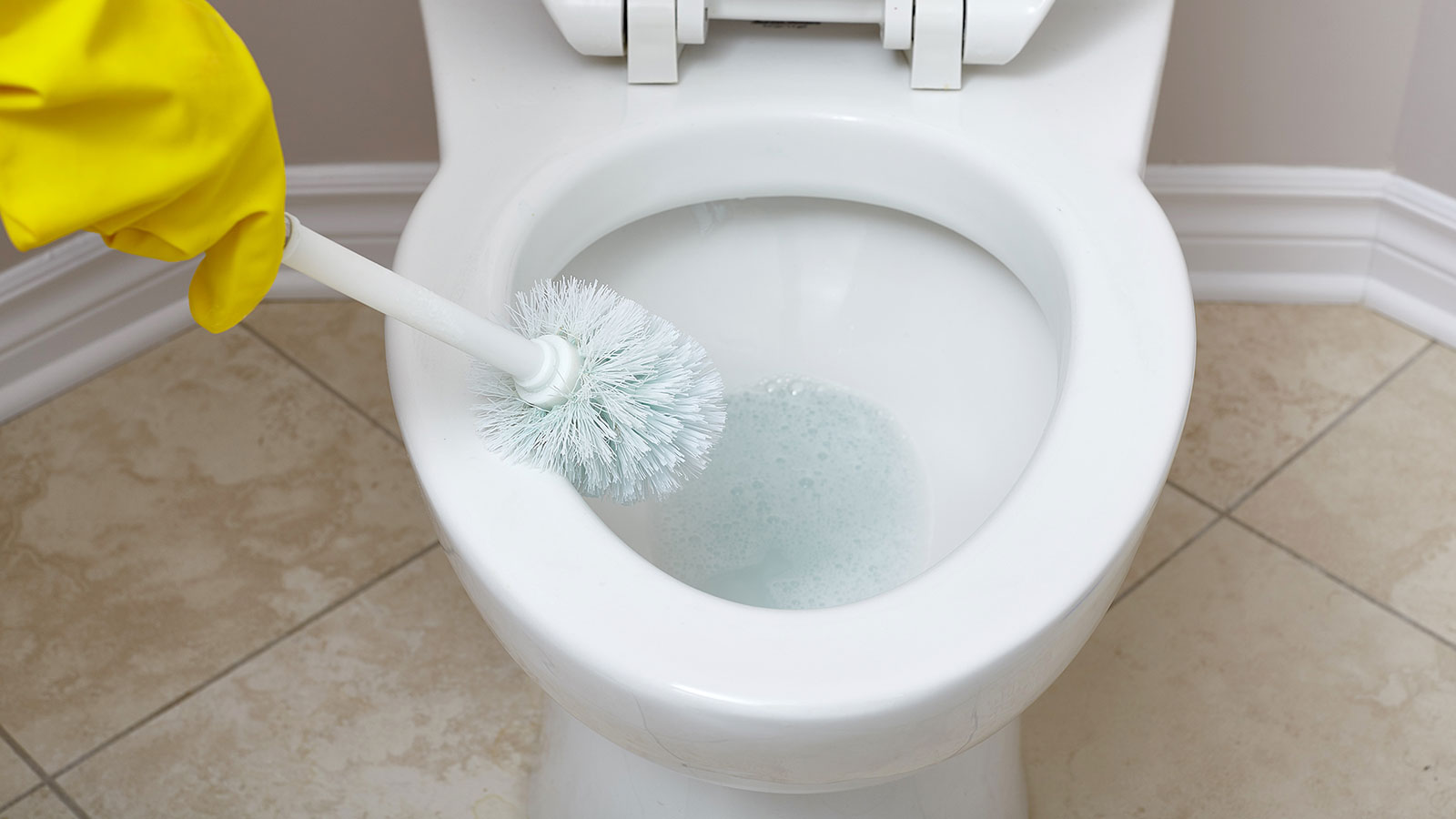
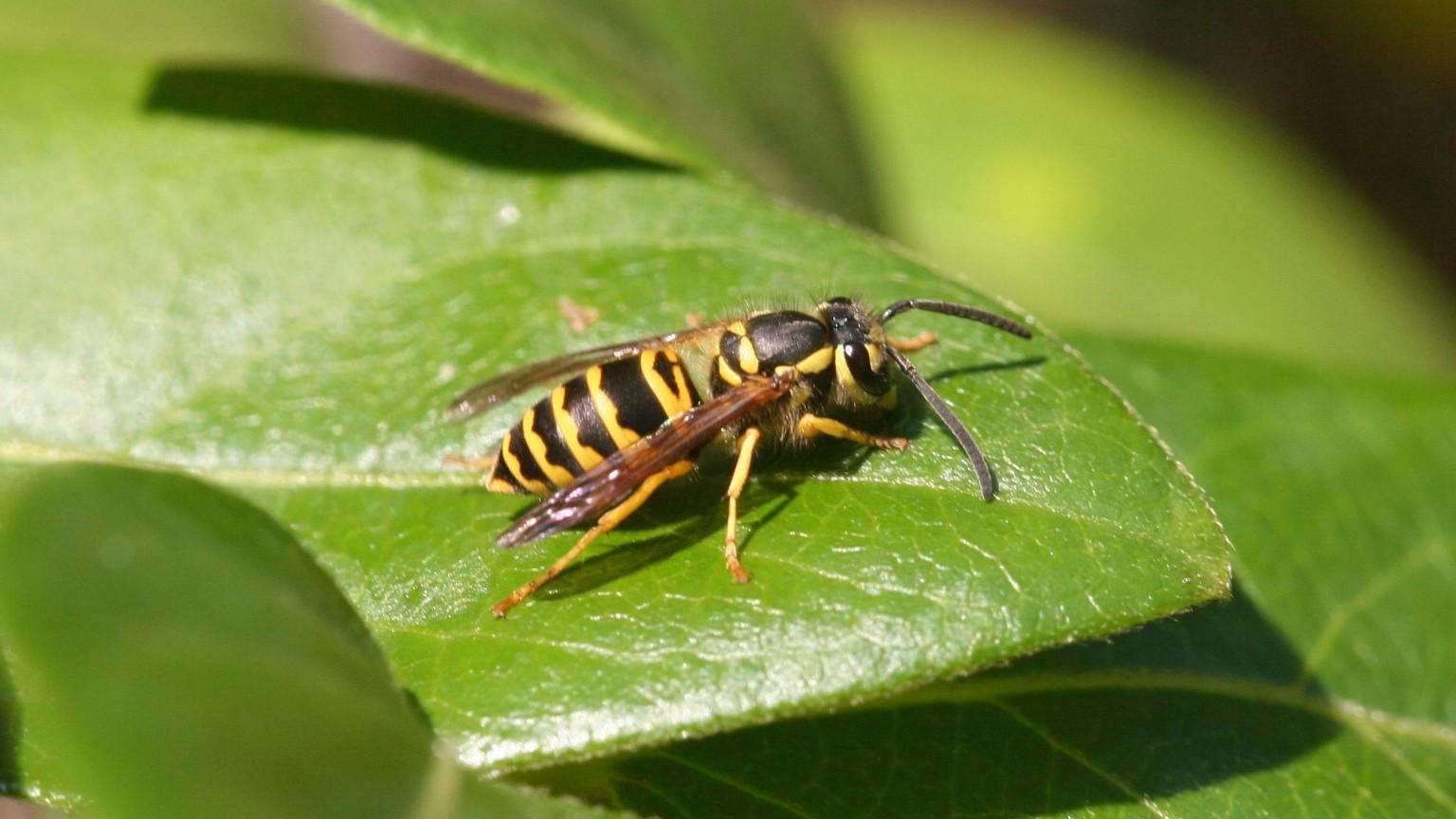

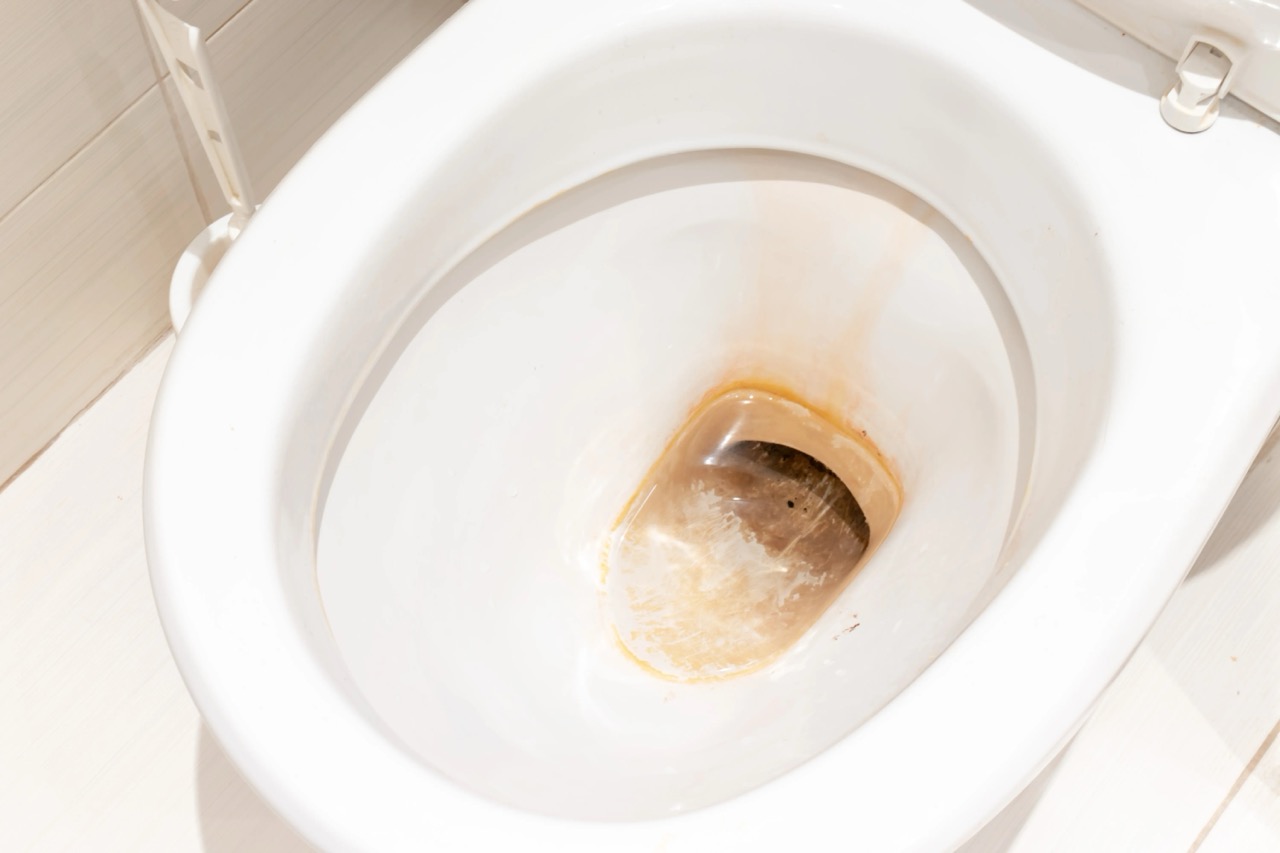
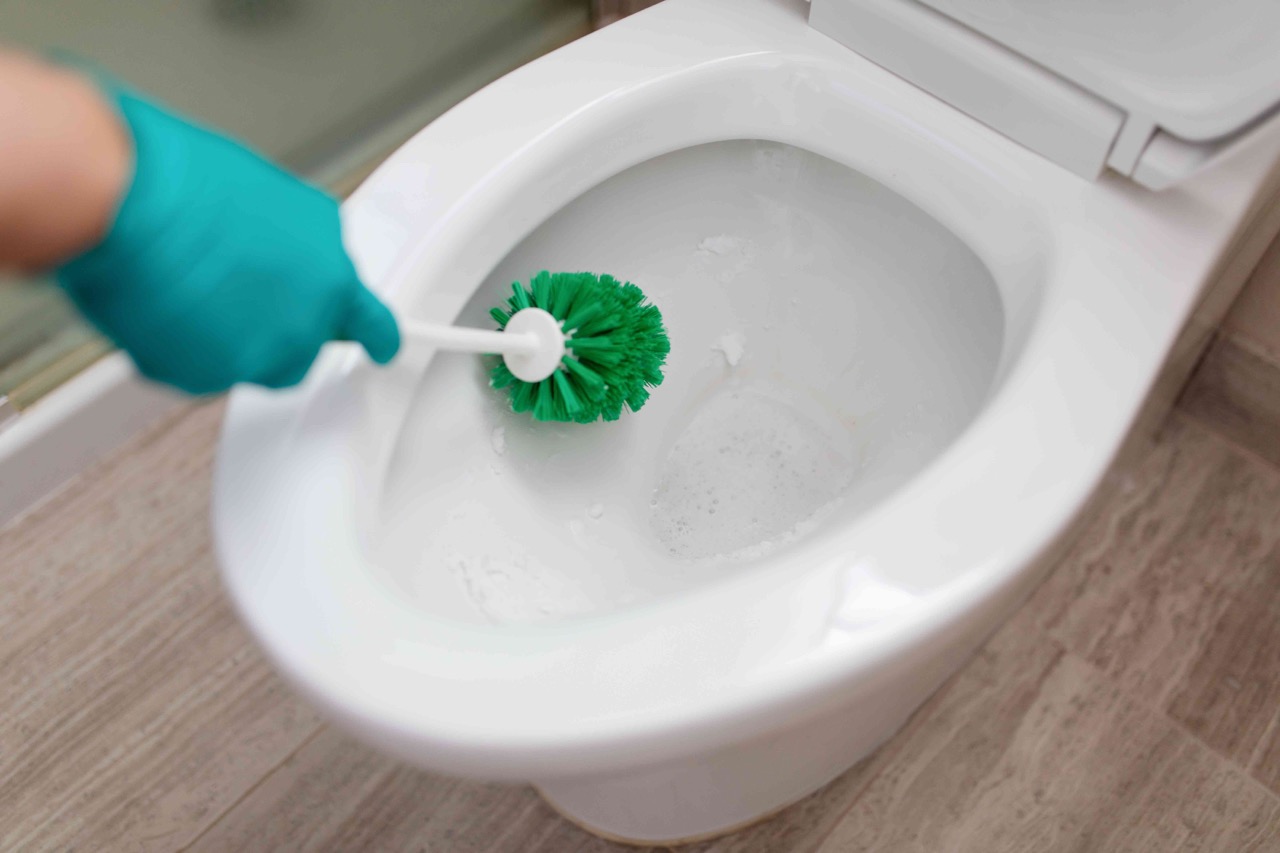
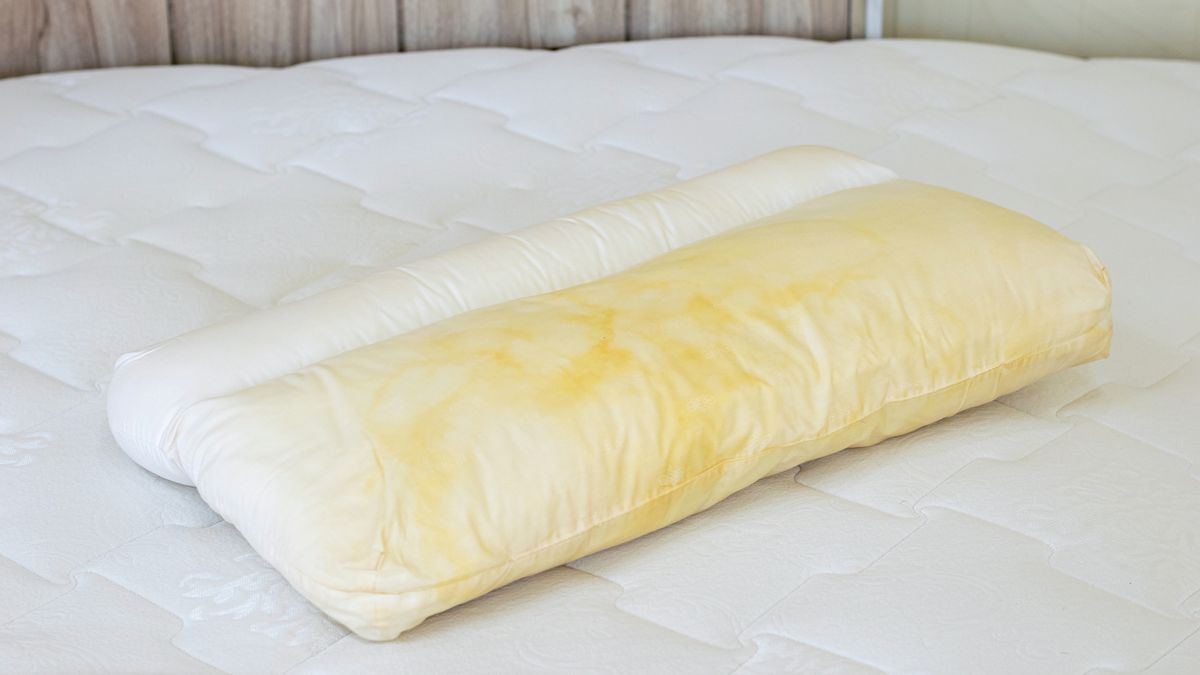
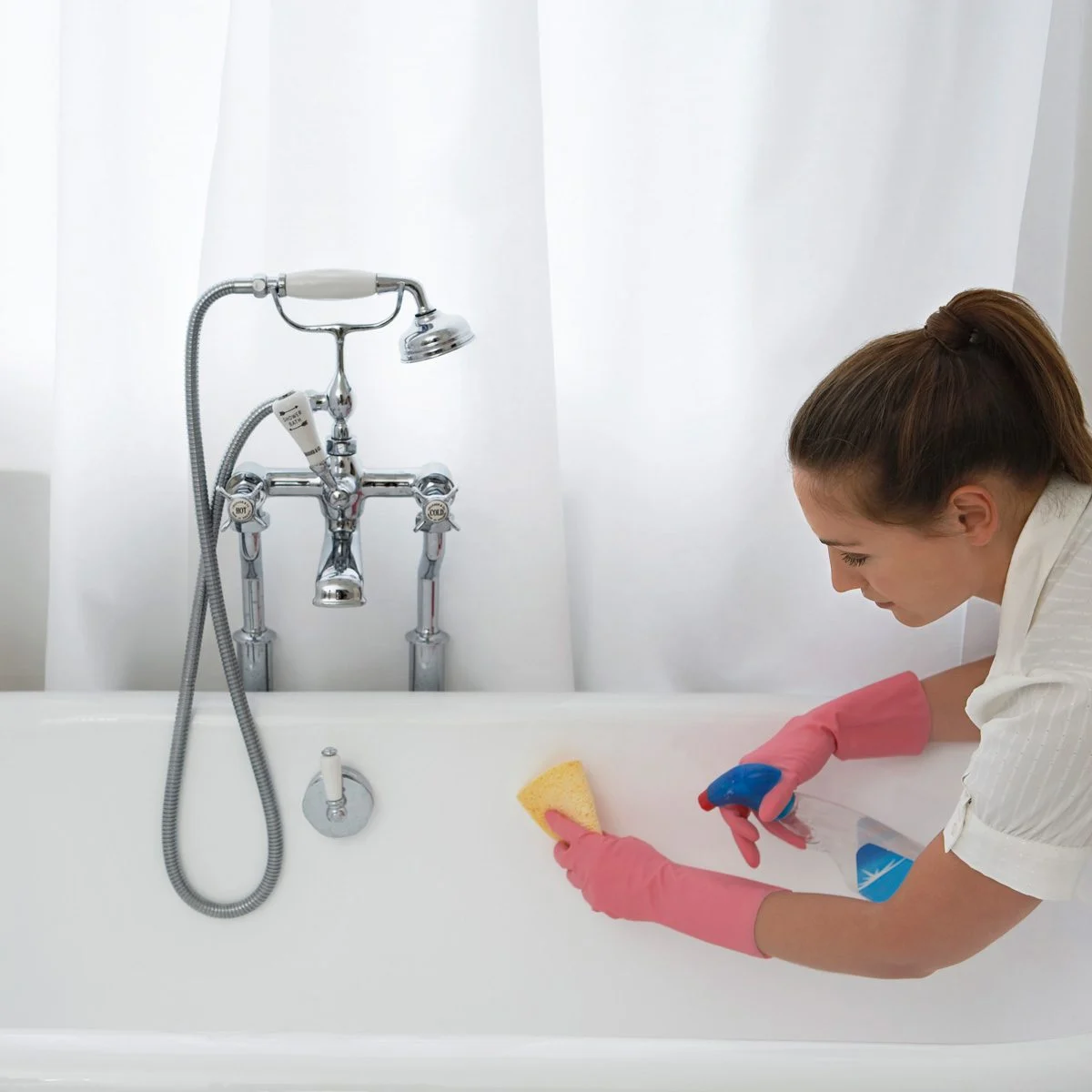

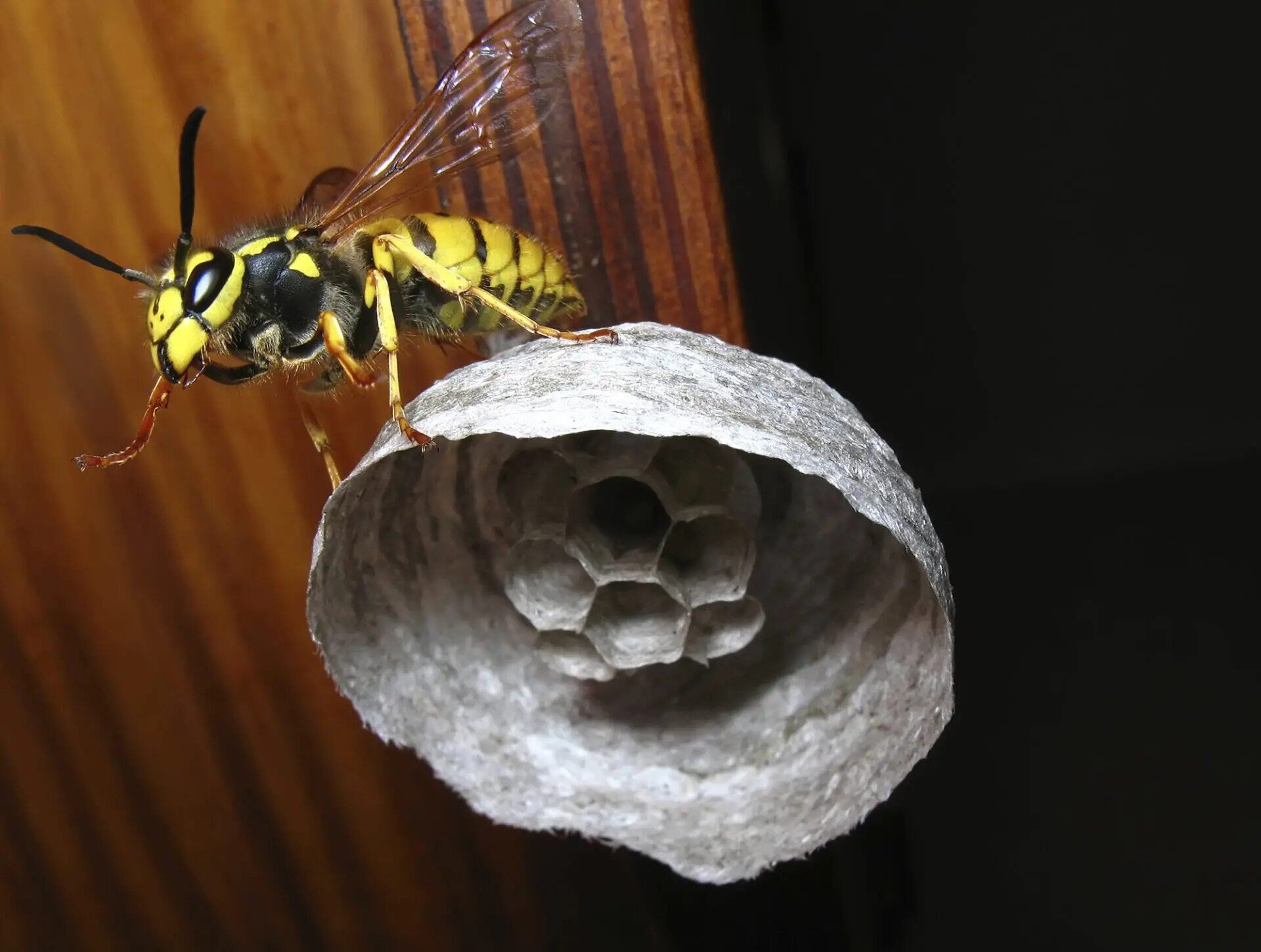

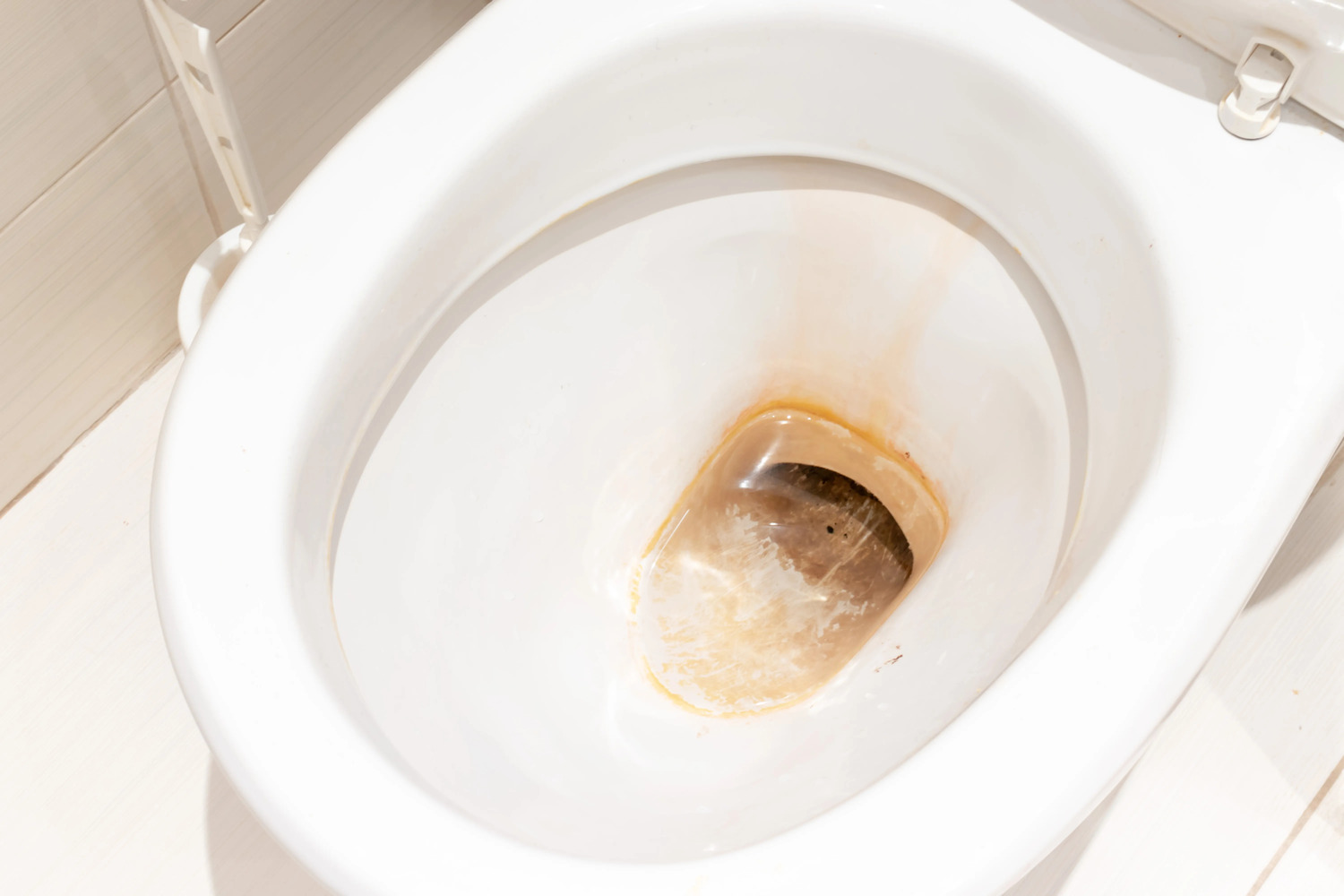
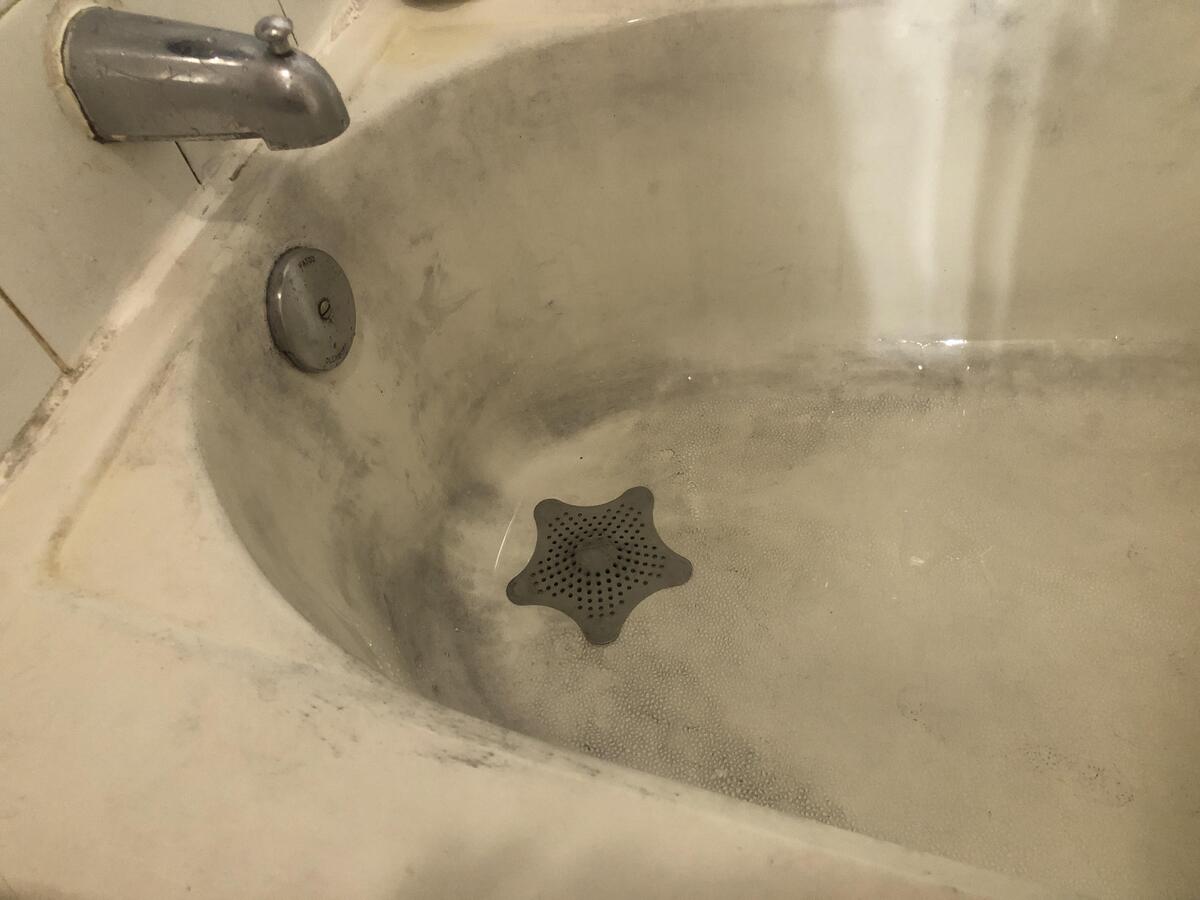

0 thoughts on “How To Get Rid Of Yellow Stain On Toilet Seat”